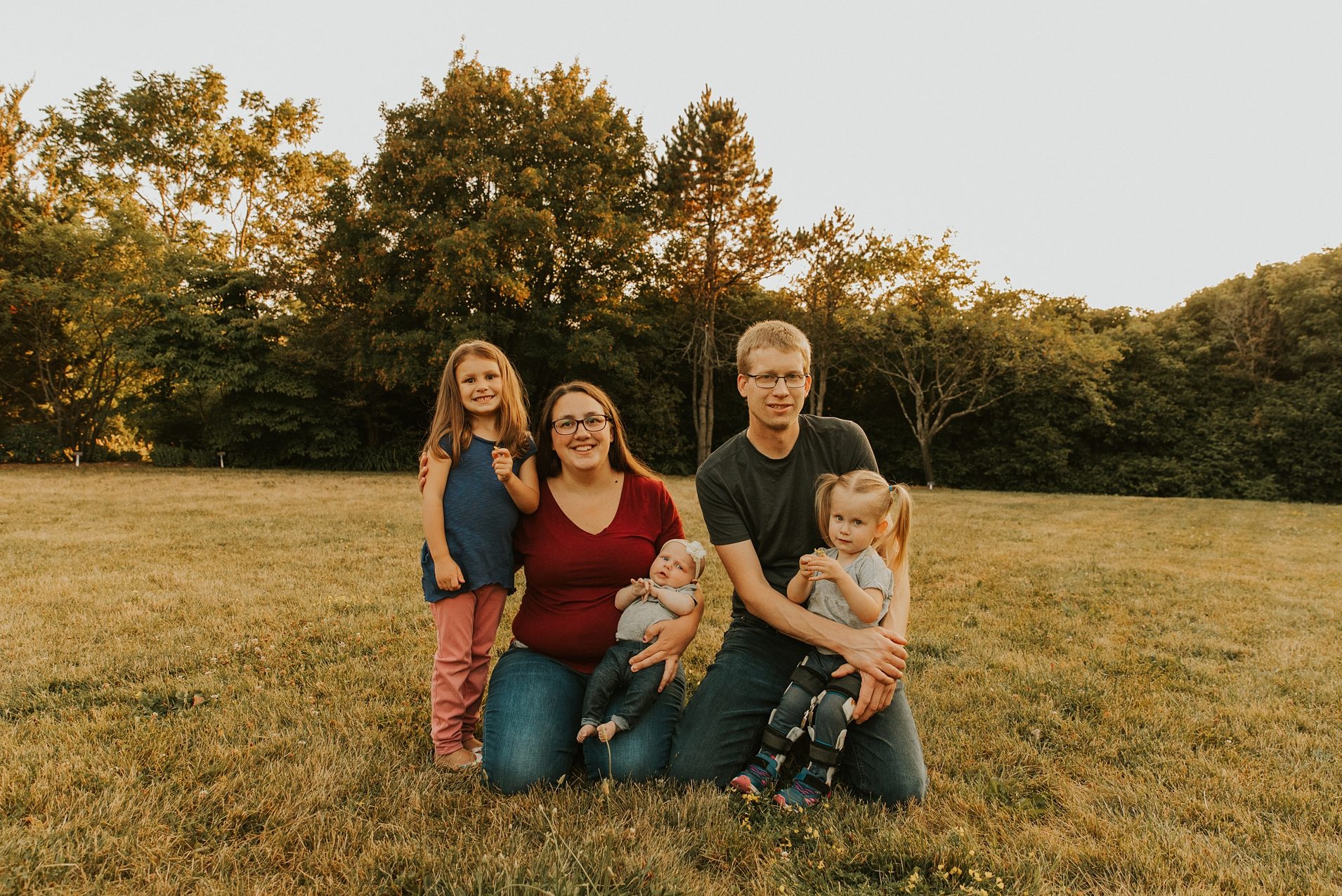Guelph Family Lifestyle Session | Project Love
A while ago I started a project which I had called Project Love. This project is dear to my heart for a few reasons. While I was growing up my family welcomed a young lady into our lives. This lady had exceptional needs, little did I, at 8 years of age, know that this young lady would change my life. She has shown me how to see the world differently. She revealed to me that each person is unique in their own way, no matter what their needs. She showed me how to love people more. She showed me that laughter is truly the best medicine. Because of her, I became involved with an organization called Track 3 where I taught adults and children how to ski adaptively.
One might ask, “Why is this important for this post?” The simple answer is, I started the project of photographing family lifestyle sessions because of this special young lady. My goal in this project was, and still is, to bring to light how important these children and adults are regardless of their need.
This is not the first family I have photographed, nor will they be my last. Here is the write up from Rachel about J. Enjoy the read.
“I was 22 weeks pregnant when we received our daughter’s diagnosis of Spina Bifida. At first, they just told us there was something wrong with her brain, that they didn’t have all the details yet, and we needed to go to a specialist for further testing. The next day we got a phone call at 9am. There had been a cancellation and they wanted us to be there in two hours. It felt like the longest day of our lives. The ultrasound took forever. Forever watching someone else look at all the intricate details of our unborn child, unable to reveal any of those details. At the end, they called my husband in so we could look at the baby together. “Here’s her head. There’s her heart beating. Those are her feet.” Vague features and descriptions, avoiding the reason we were there. I had a baby brother who passed away in infancy due to a brain malformation. I didn’t know if it was hereditary, but I knew it was possible. I truly did not know if this baby on the screen was going to live. I didn’t know if we’d ever get to hold her, kiss her, tickle those feet. Watching her moving on the screen that day, listening to the tech point out her features and feeling all the love and the heartbreak was one of the hardest things I have experienced. What followed can only be described as relief. Our experience was much different from most families who receive a diagnosis of Spina Bifida. Most families experience devastation. They feel robbed of the life they should have had. But for those two days after I heard the words “something is wrong with the baby’s brain” I truly did not know if our baby would live. So to hear her diagnosis, to hear that she would struggle with mobility and other complications, although difficult to hear, it was relief. Our baby will live! And don’t get me wrong, we still struggled. Knowing that our baby was going to have to face challenges, that life wouldn’t be easy for her. It’s hard. It’s heartbreaking. We mourned the life we had planned. We grieved together. But we rejoiced, too, in the life we were given. And now, nearly 3 years into this journey, we still feel sadness some days, even anger, but we wouldn’t change a thing. Sure we struggle. But doesn’t everyone? Our struggles may look different, our family functions differently because of this. But it’s the life we have been given and one we are thankful and blessed to live.
When we received her diagnosis, the doctors offered termination and fetal surgery in the same sentence. That they could see the value in this life so much so that they would perform surgery on her, but then in the same breath offer to end this life simply because it’s not the life we expected, and it might inconvenience us, was shocking. Termination was not an option we would consider. We were offered counselling with a doctor who herself has Spina Bifida, but then were told they don’t offer this to families considering termination, because she may talk them out of it. 63% of pregnancies diagnosed with Spina Bifida are terminated. 63%! The statistics are heartbreaking, and I hope that our story can help even one family to feel encouraged in a difficult time.
So, what is Spina Bifida? It is a neural tube defect that forms in the very early stages of pregnancy, while the spine is being formed. There are various types of Spina Bifida. J has Myelomeningocele, or Open Spina Bifida. This means the nerves in the spinal column (meninges) protrude from the back where the spine did not form properly, and they have no skin covering them to protect them from damage. When this damage to the spinal column occurs, it pulls down at the base of the skull and often causes a brain malformation called Chiari II Malformation. This is what was first seen on our ultrasound that alerted them to a potential problem. When this malformation is present, it can cause problems with the drainage from brain to spine, causing a build-up of Cerebral Spinal Fluid in the brain, which is called Hydrocephalus. This can sometimes be left untreated, but more commonly needs intervention. So J’s diagnosis is three-fold, with Spina Bifida being her primary diagnosis, and Chiari II Malformation and Hydrocephalus being secondary. She has a brain shunt to treat the Hydrocephalus.
When J was born, her Spina Bifida was immediately covered in a protective film as it can be very easy for infection to get it. We were unable to hold her and she was taken into surgery at 22 hours old to undergo surgery to close the defect. Our tiny 3 lb 7 oz baby wheeled away for major surgery. Many people asked us if the surgery would cure her, or improve things. The surgery is required to close the defect in order to prevent infection and further damage, but it cannot undo the damage that has already been done.
Despite so many more doctors appointments than with a typical baby, life was pretty normal for the first few months. We had lots of appointments for check-ups and monitoring, but J was just like any other baby. Eat, sleep, cry, repeat. When she was a few months old, we started to notice her eyes didn’t have full range of motion, she always had a surprised look in her face and tension in her forehead. At first we didn’t think much of it, but I shared a photo of her on Facebook one day and another Spina Bifida Mom sent me a message. She was concerned because the picture looked like J’s eyes were “sunsetting” which is a classic symptom of Hydrocephalus. We brought it up with her neurosurgeons, but they weren’t worried because she wasn’t symptomatic. Over the next two months, J became increasingly fussy, hard to console, she struggled to fall asleep and stay asleep, yet she wanted to sleep all the time. We kept bringing this up with her neurosurgeons and they told us she was just a fussy baby, not to worry. It kept getting worse. Eventually, she was inconsolable. We finally convinced the neurosurgeons to do an MRI to look at her brain. This would give them a good picture of the pressures in her brain to determine if there was too much fluid. The disappointment I felt in that appointment is indescribable. “Her brain looks great. She’s fine.” I wanted to cry. I kept calling. Her eyes were still sunsetting, she was still inconsolable. Even if the imaging looked OK, she had symptoms. She needed intervention. They said they would discuss it. Finally I got a call that they would take her in for surgery to put in a shunt. She was 6 months old (4 months corrected) when she had brain surgery. Brain surgery sounds scary, even moreso for a baby, but it was a relief. We were so thankful. That was the first time we learned what it’s like to really advocate. And we’ve had to keep advocating since then.
After her surgery, J improved quickly. We had a smile the day after surgery, our first in weeks. She was happy again, sleeping better. I remember how much I enjoyed those first few naps after her shunt was put in. Prior to surgery, she wasn’t able to hold her head up unassisted. After, she started to gain strength quickly. She could hold her head up on her own.
By 8 months (6 corrected) we started to worry about the fact that she wasn’t showing any signs of being able to sit on her own. We brought this up with Physio and Occupational therapy and they said they weren’t worried, she wasn’t behind yet. Time to advocate again. We could tell J loved to be upright, looking at what was going on and being involved in the world around her. We kept pushing. The provincially funded therapy is extremely lacking (short-staffed, not enough resources) so we felt a little left behind. We didn’t have as many sessions as we felt would be beneficial, but we just kept at it. I started to research assistive seating on my own. (Research, another thing I’ve learned is something we have to do on our own.) I wanted her to be able to participate in the world, not just lay on the floor. People with Spina Bifida are more prone to hip dislocation, so many of the typical baby seating devices were not an option for us. I felt like we had no options, until I discovered a seat made specifically for kids with disabilities. It was multi-purpose, could be used inside or outside, could get wet and was easily washable which meant it could get dirty. The problem was, we needed a prescription. Cue more advocating. I had to make a case for this chair. Make a case for why my girl should be allowed to sit up and participate in the world. But we did it. We got the chair and she had the best summer.
Shortly before her first birthday, J got her first pair of braces, called AFOs. Within a couple weeks, she finally learned to sit unassisted. Just in time to turn 1! We also started to practice weight bearing on her feet once she had the braces. We got her a gait trainer, which held her up in a standing position and had wheels so she could take steps and move. Once she learned what it felt like to stand, she very quickly started pulling up to stand on her own. Once she was standing, we could tell her AFOs weren’t giving her enough support, as her legs turned in. So we had her fitted for KAFOs which go up to the thigh and have a knee hinge.
We still used the gait trainer, but she started to hate it. She wanted to be able to get up and down. So I asked for a walker. Once again, I found myself advocating for something. We finally got her a walker a little before her second birthday, and she took off the second she got her hands on it! The walker was an anterior (in front) walker and she often left the walker so she could crawl up to get closer to things. So after a few months, another advocacy journey began. We wanted to try a posterior (behind) walker so she could walk right up to things and not have the walker be a barrier between her and her environment. Physio was resistant to the idea. They felt it would hold her back from achieving independent walking. When we finally got everyone on the same page, it was time to get her a walker. But our therapist wasn’t willing to write a script for one until we trialled one. With resources as limited as they are, the therapy centre’s only 2 walkers were out on loan with other families. So we waited. One day I was scrolling Facebook and saw a post from a family near ours. They were looking to sell the exact walker we needed. Not wanting to purchase used, as our insurance wouldn’t cover it, I reached out to see if we could borrow it so that we could convince our PT to write the script. It worked! We are currently waiting for our walker to come in, and continue to use the borrowed walker in the meantime.
Now, J can stand without holding onto anything for support, and has taken a few independent steps away from her walker. It looks like unassisted walking is an attainable goal. For now, she feels more comfortable using her walker, so we don’t push for more. One of the many lessons we have learned from our sweet girl is that she will do things in her own time. Patience and gentle guidance is best. This is one area we have struggled with when it comes to physiotherapy. We have often felt that our PT declines assistive devices because she wants to focus on unassisted walking. But until unassisted walking is happening, we want to give J all the resources and tools available to help her move. Today, the best tool for that is a posterior walker. It is so hard to be told by someone that they don’t think something is right for your child. I see her, I know her, I spend all day watching her strive for things. I know this tool will help her, why hold her back? So we will keep researching and keep advocating.
There is another major area of life that is impacted by Spina Bifida, and that is toileting. Almost all individuals with Spina Bifida require some form of intervention to maintain continence. For her own privacy, I won’t get into what that looks like for J. But I do want to say this: Some individuals may struggle to achieve continence. They may need to use a liner or a diaper. This may be the area of their life that has the biggest impact (even more than mobility, for some.) So please always remember kindness. If you see a child that “looks too old” for diapers, withhold judgement and show kindness to everyone.
This is our story. This is our life. Many people with Spina Bifida will have a completely different experience. It is often referred to as a snowflake condition. No two cases are identical. Some people use a wheelchair, some have cognitive challenges, some run marathons and some have careers. Each life is equally valuable and important.
When we shared with our community about our daughter’s diagnosis, many offered their prayers. Not knowing what to say, we heard things like “we will pray the doctors were wrong” and “we will pray for healing.” We heard stories of people who received an incorrect diagnosis and everything turned out fine. These come from a good place, but please remember, God does not make mistakes. To me, it felt like people were telling us God was wrong. He didn’t mean to do this, let’s ask him to take it away. Instead, if you know someone facing a difficult diagnosis, pray for strength in this new challenge. Pray for patience as they learn how to live this life differently. And give thanks for the life that is given to them. Because that life is surely valued. The most powerful words spoken to me during that time were these. “How incredible that God chose YOU to be parents to this special baby.” And it has been incredible.
Before writing this post I reached out to the community of Spina Bifida families to find out what they would want to say. These are some of the things that were mentioned:
– A person is not “wheelchair bound.” They are a wheelchair user. The chair gives them so much freedom and independence. A wheelchair can be the difference between living a full, independent life, or needing full-time assistance.
– Walking is not the primary goal. Mobility is. And mobility can take many forms.
– Spina Bifida does not define a person. After a difficult encounter with a stranger recently, I wrote these words: “Yes she’s different. She has a disability. True. But that’s secondary to who she is. She’s a funny, smart, sassy little girl first and foremost. A sister, a daughter, a CHILD.” Notice those things. Mention those things.
And most importantly, I will share this quote (with permission) from another parent of a child with Spina Bifida who recently received some good news: “God isn’t good because of this good news. He is good regardless of our biopsies and regardless of our health status. To us, disability and diagnoses aren’t something to keep praying away. God literally crafted her, y’all! Just this way! He has plans! Who am I to decline that?”
“For you created my inmost being; you knit me together in my mother’s womb.” Psalm 139:13 “
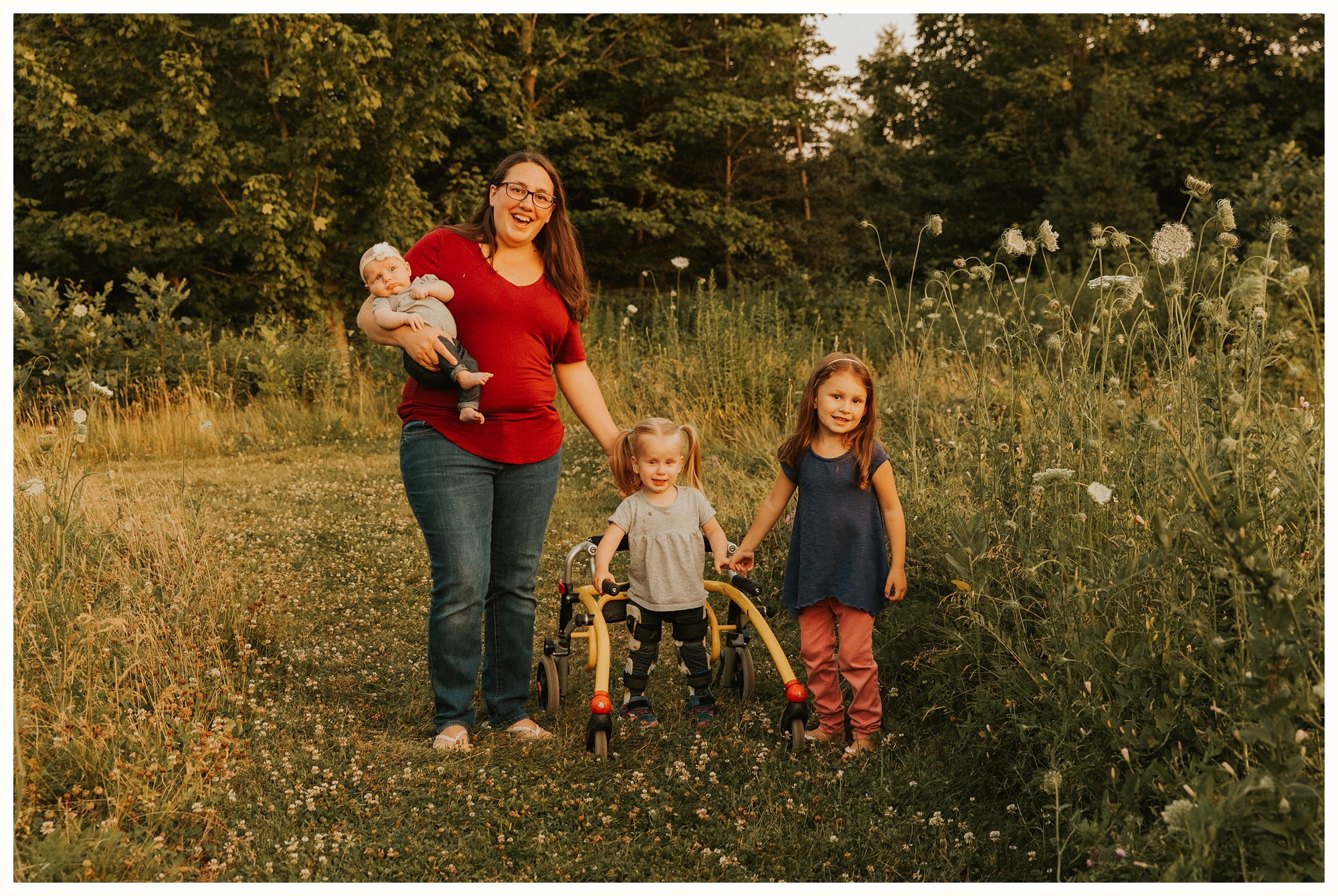
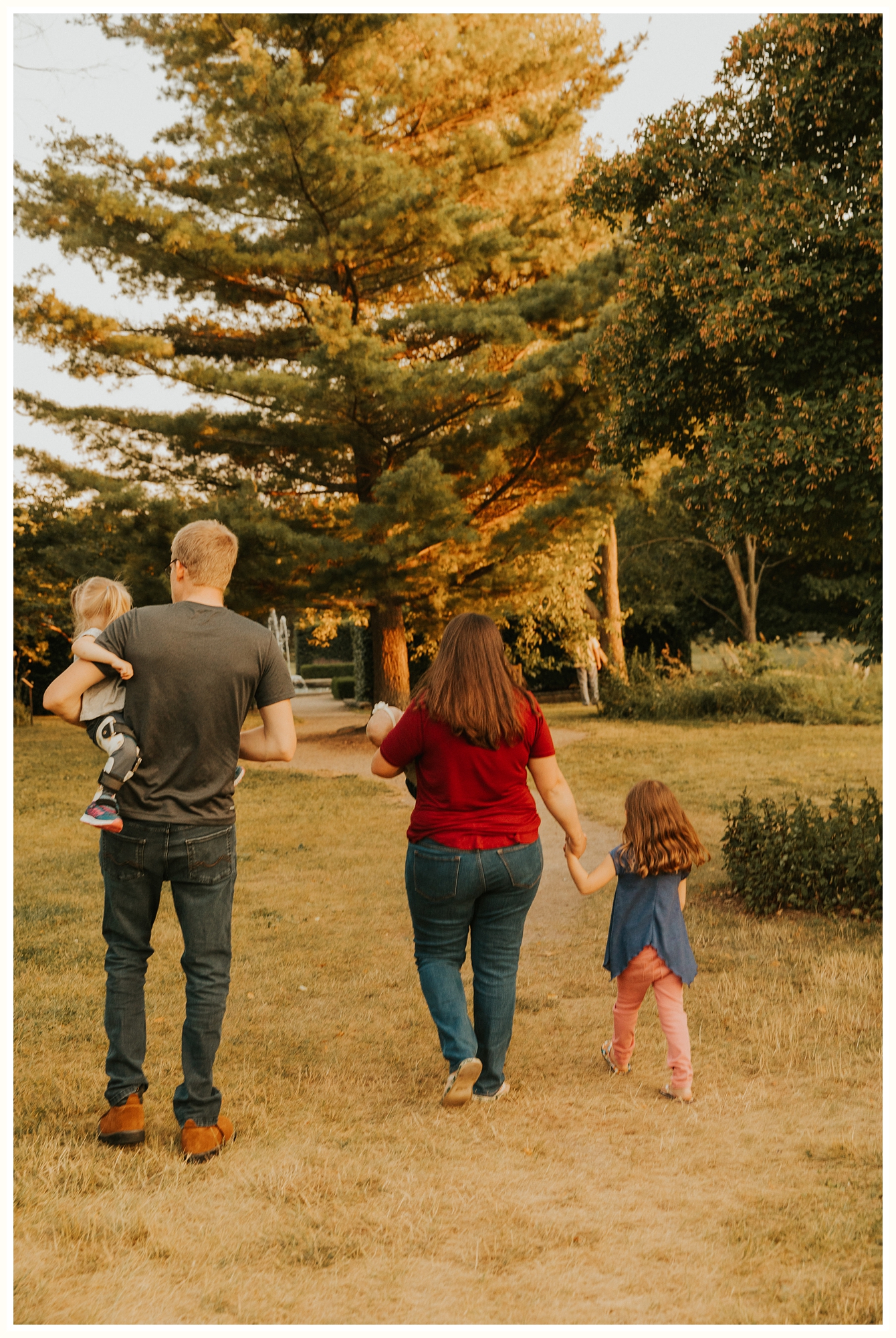
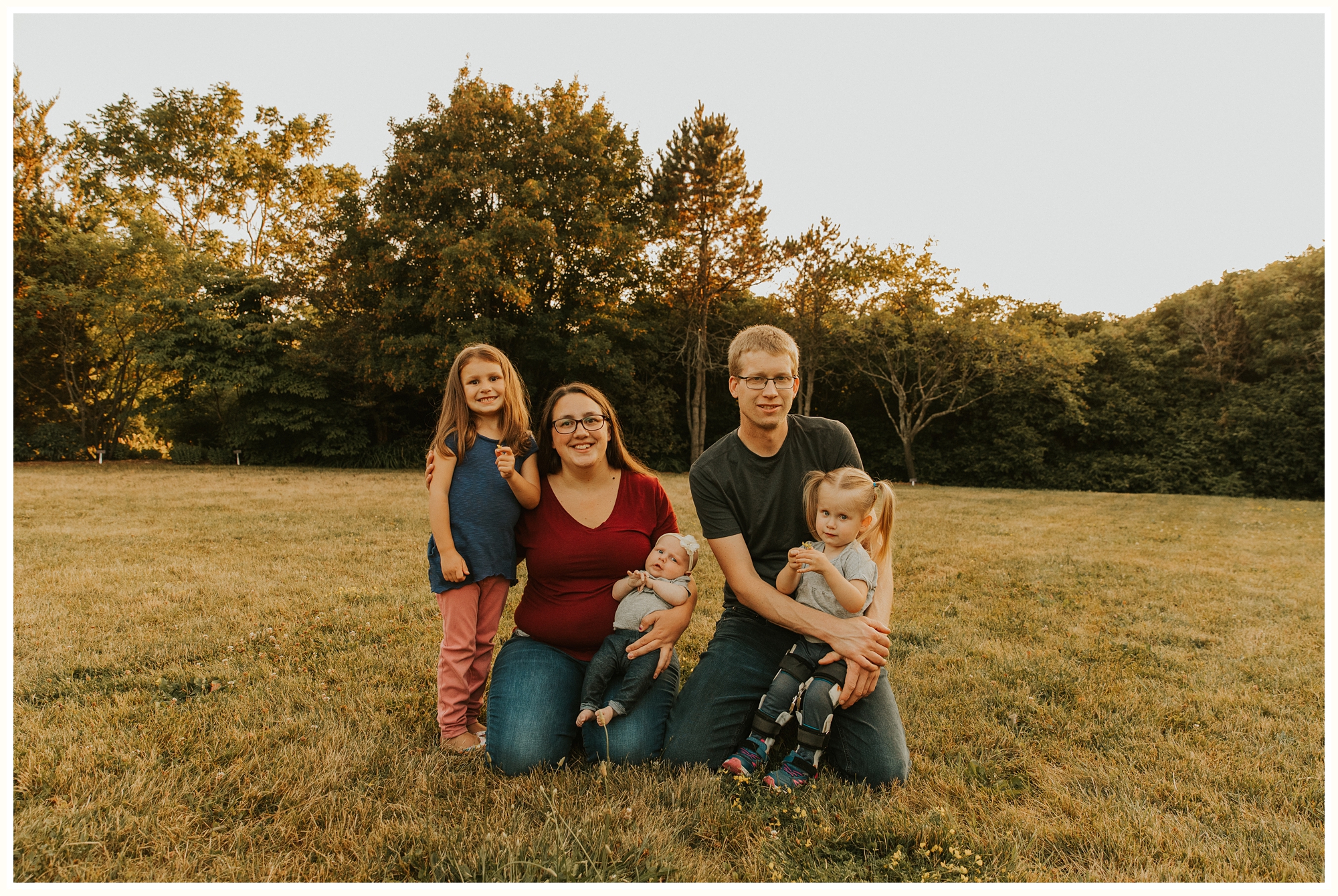
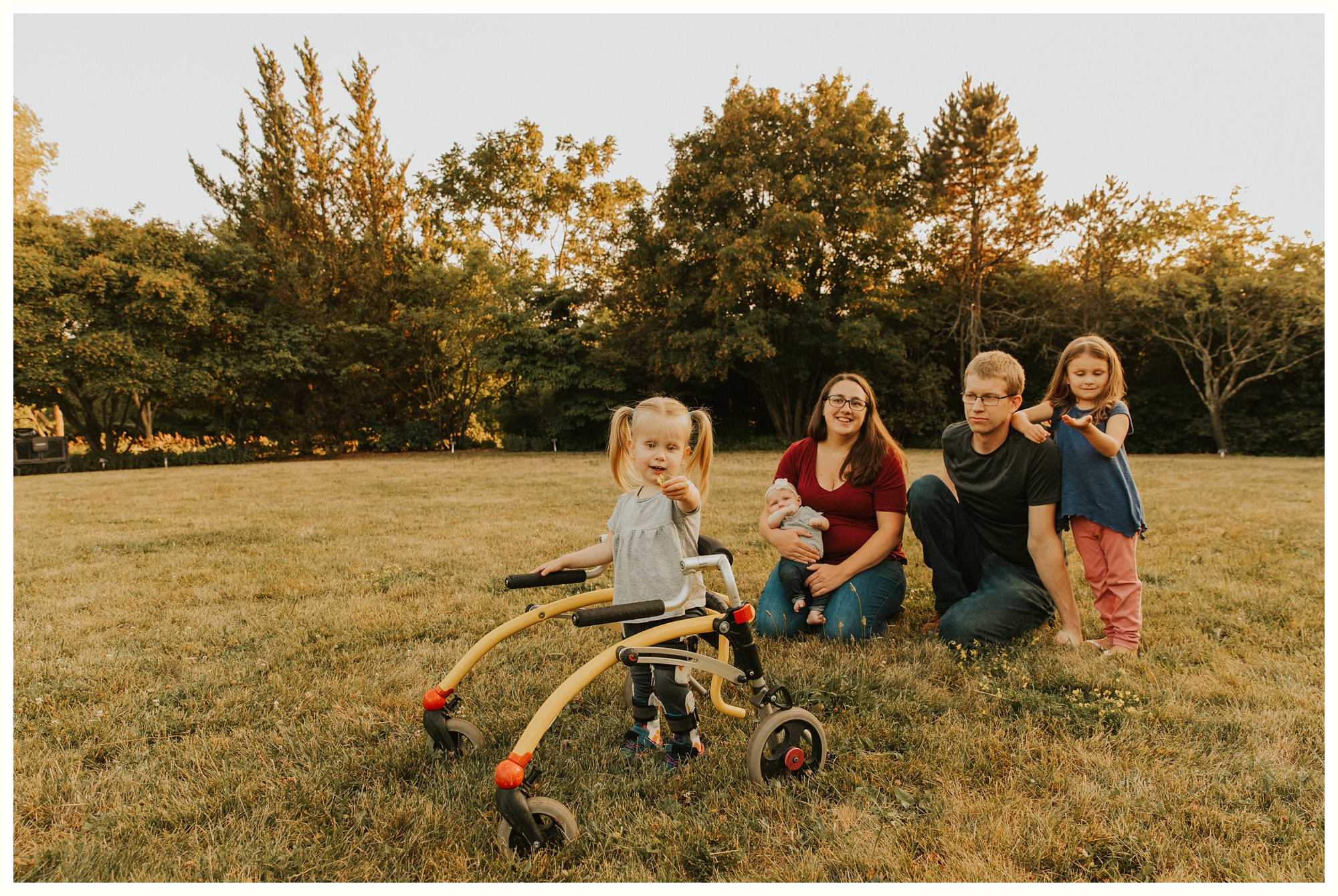
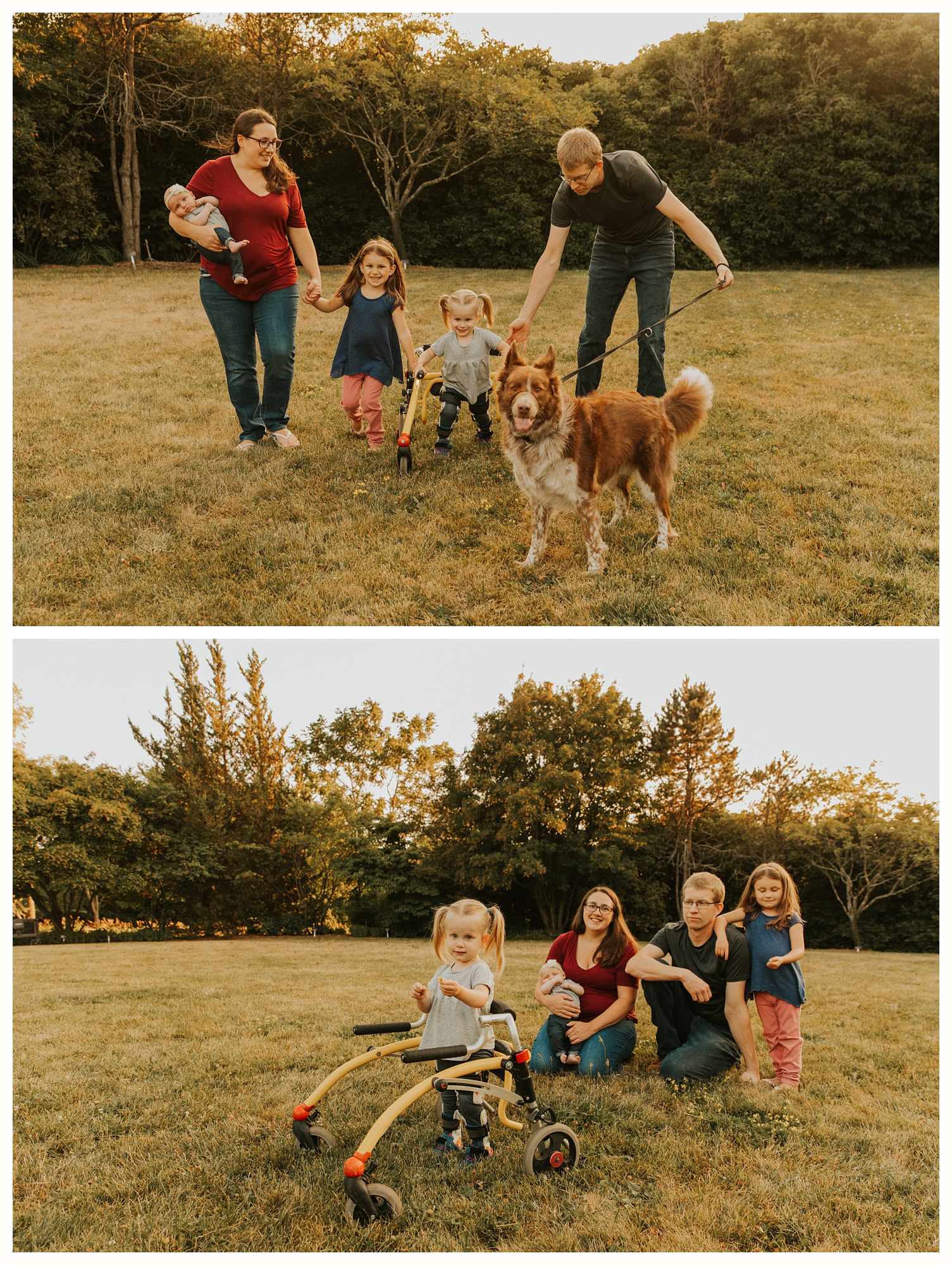
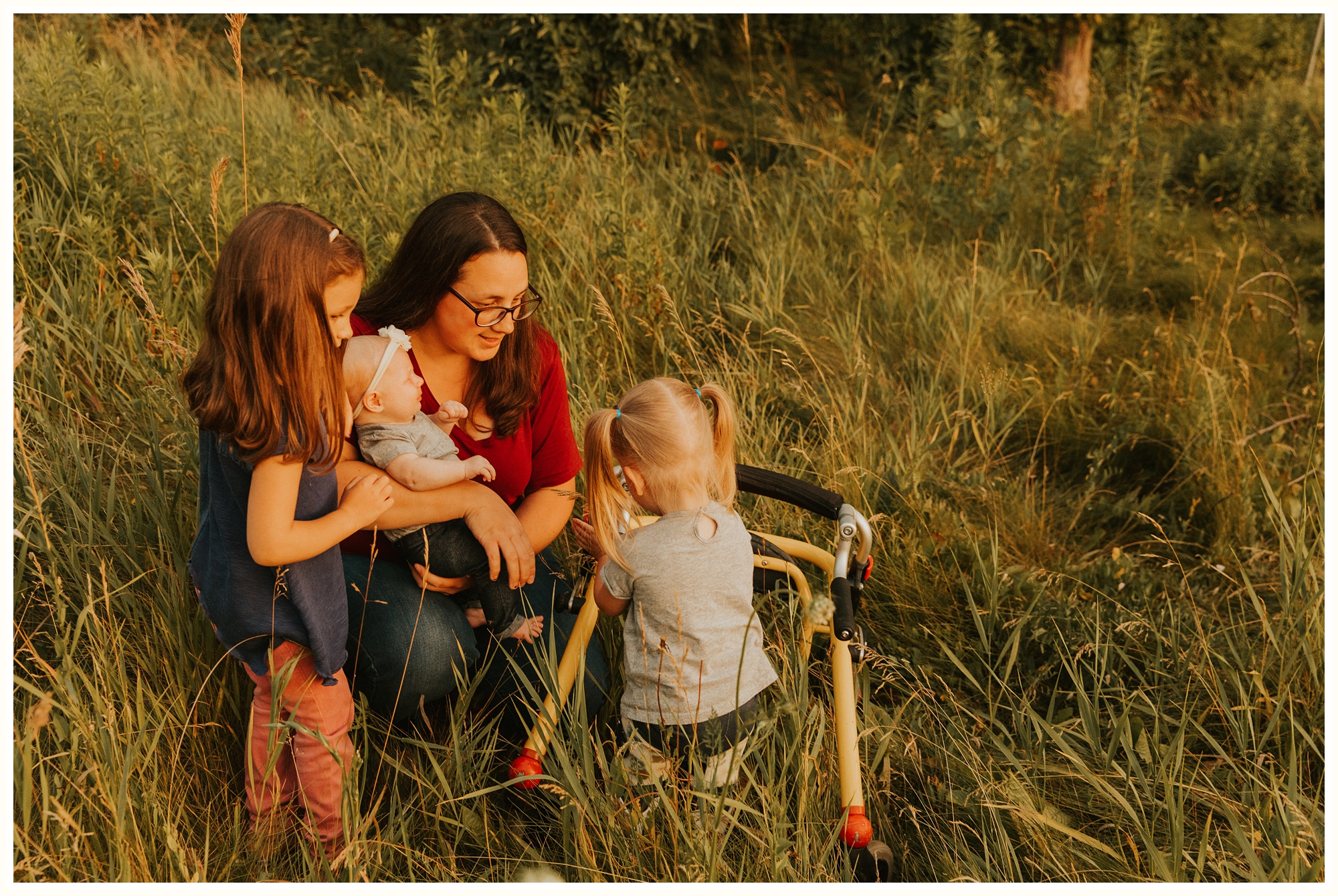
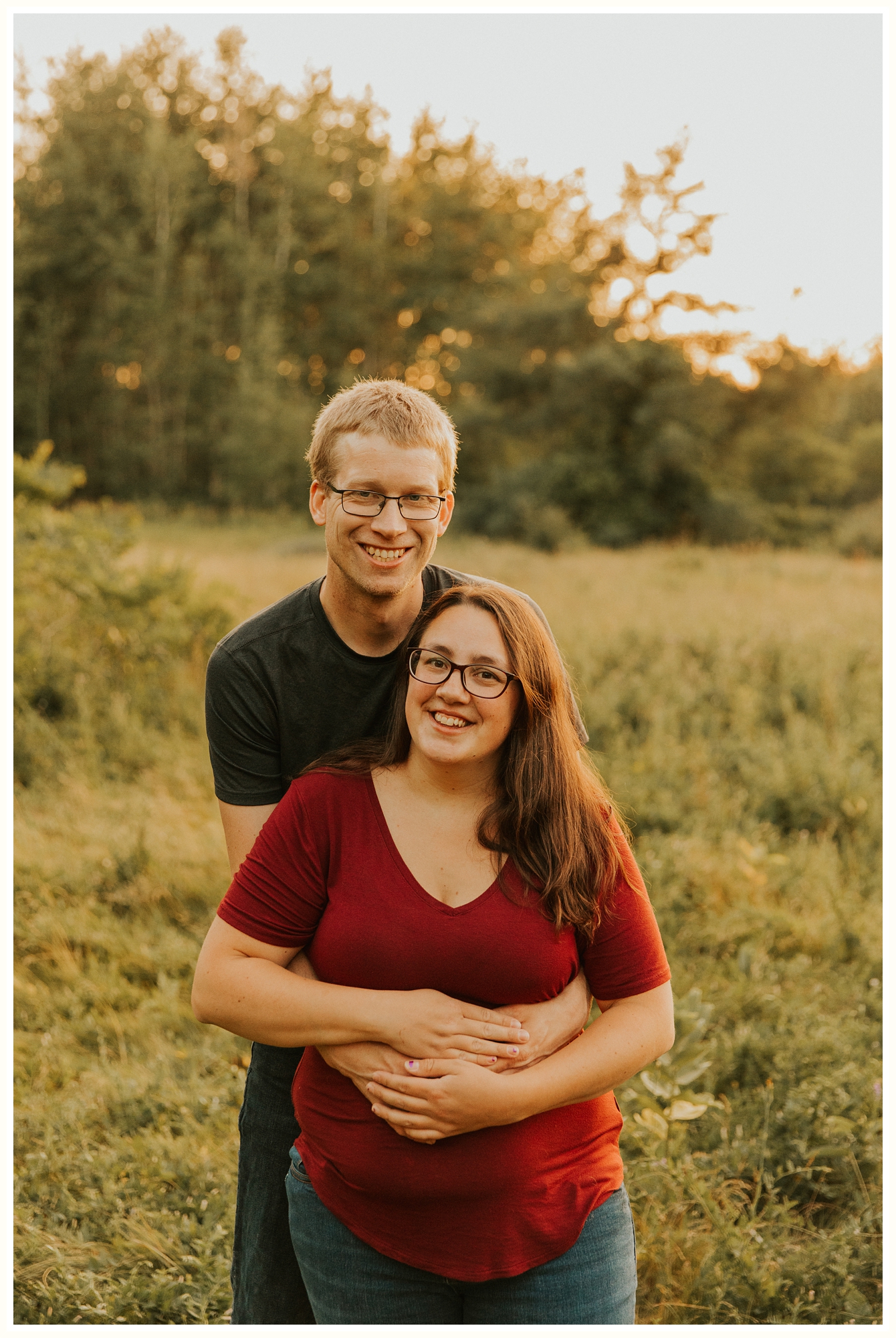
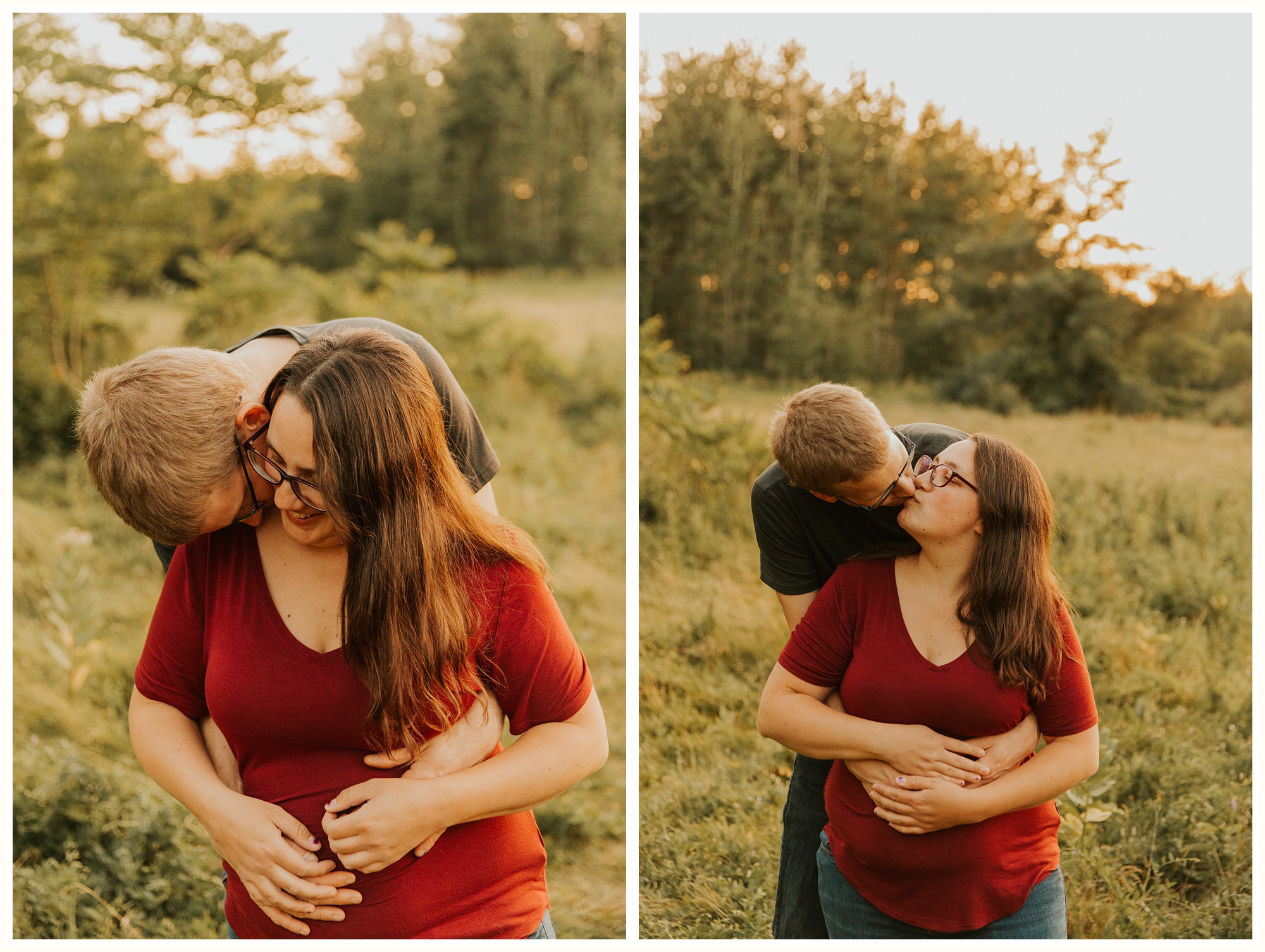
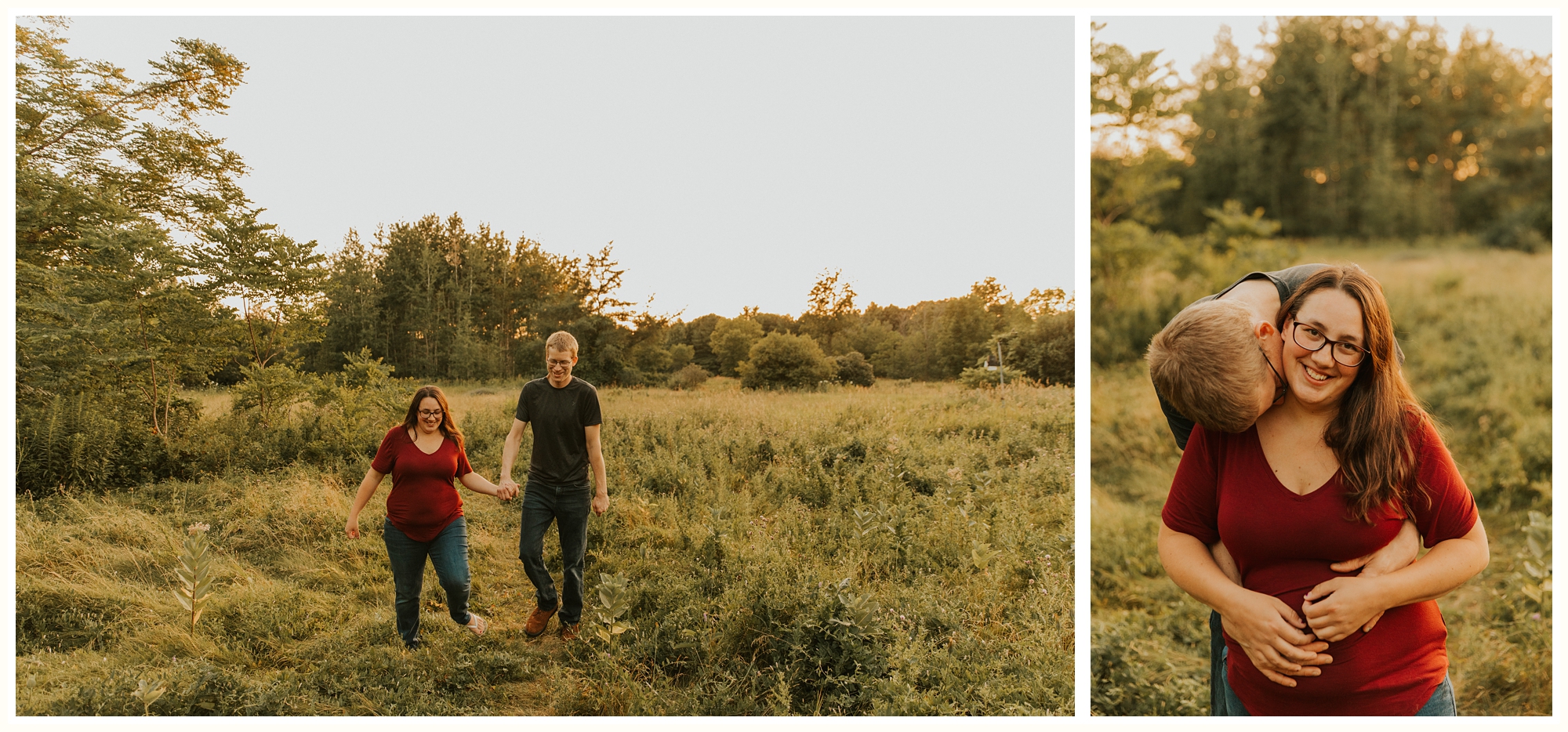
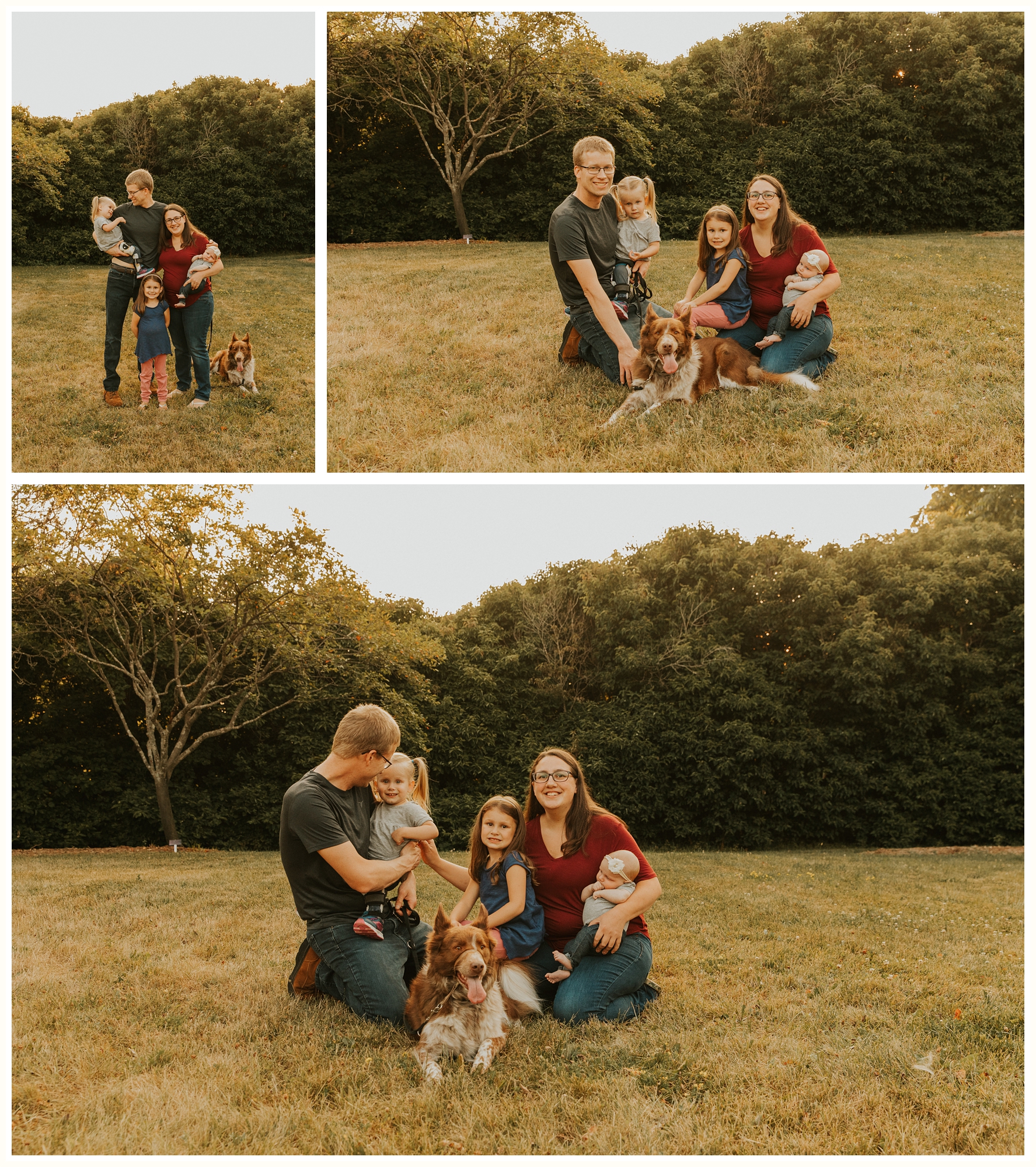
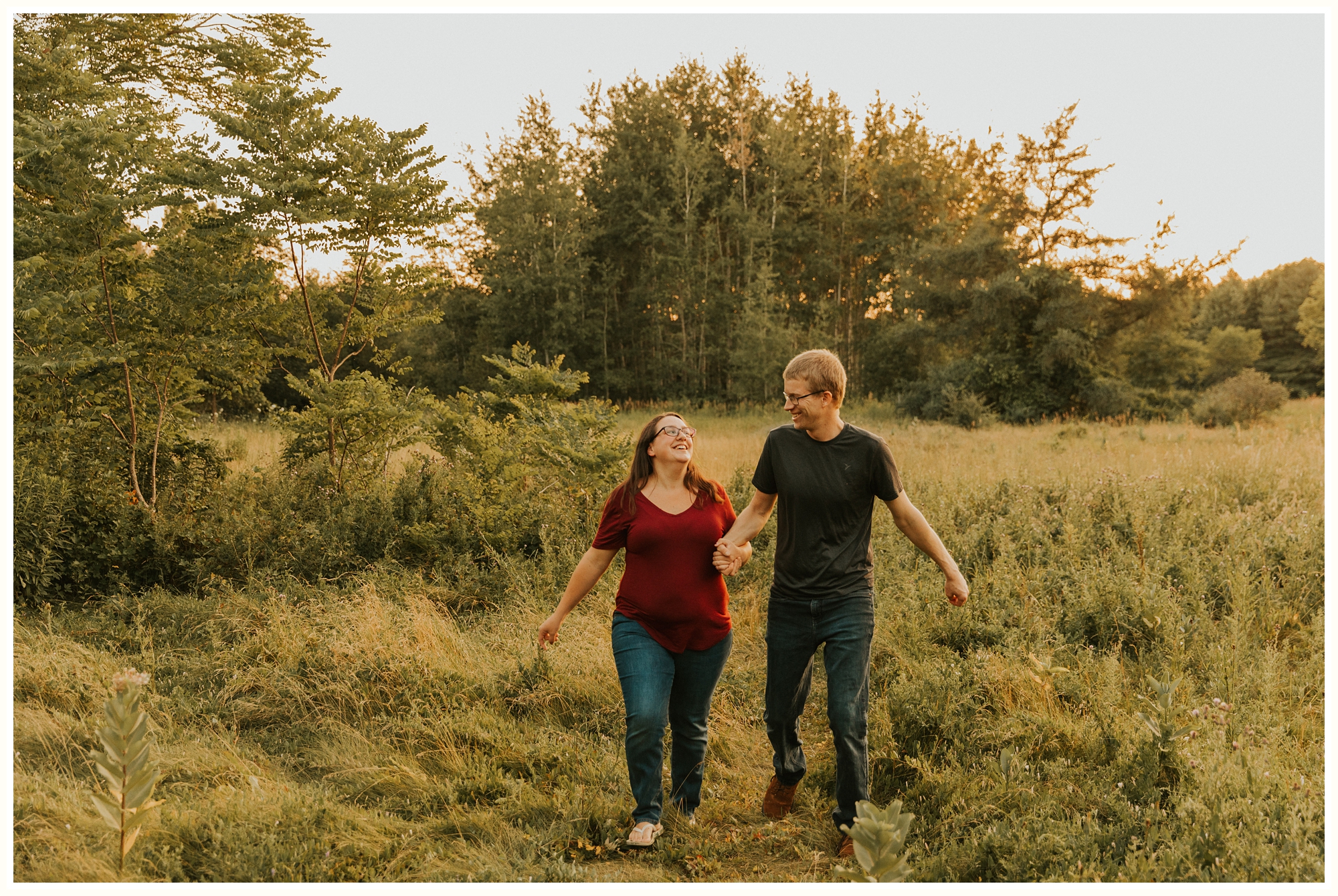
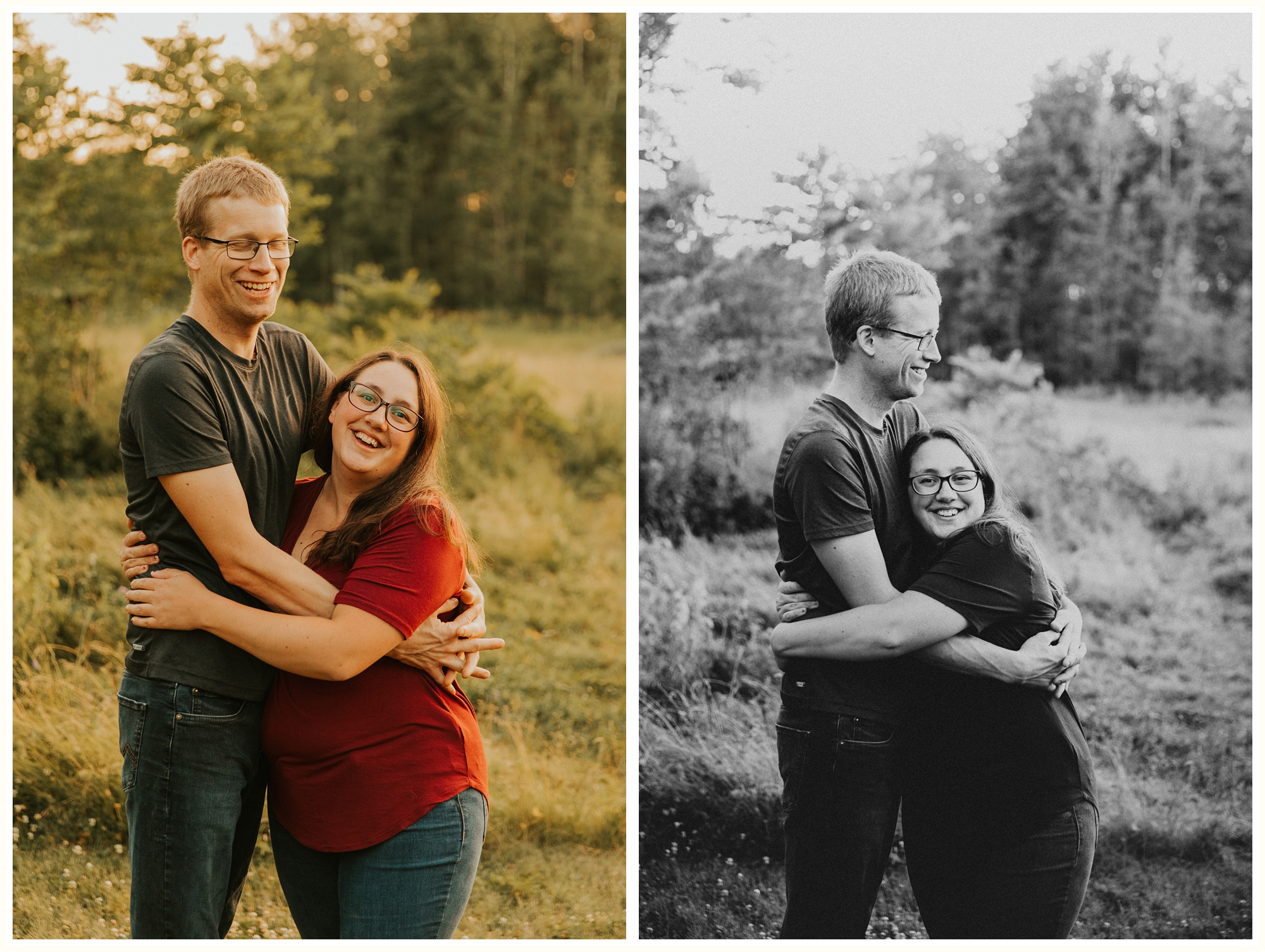
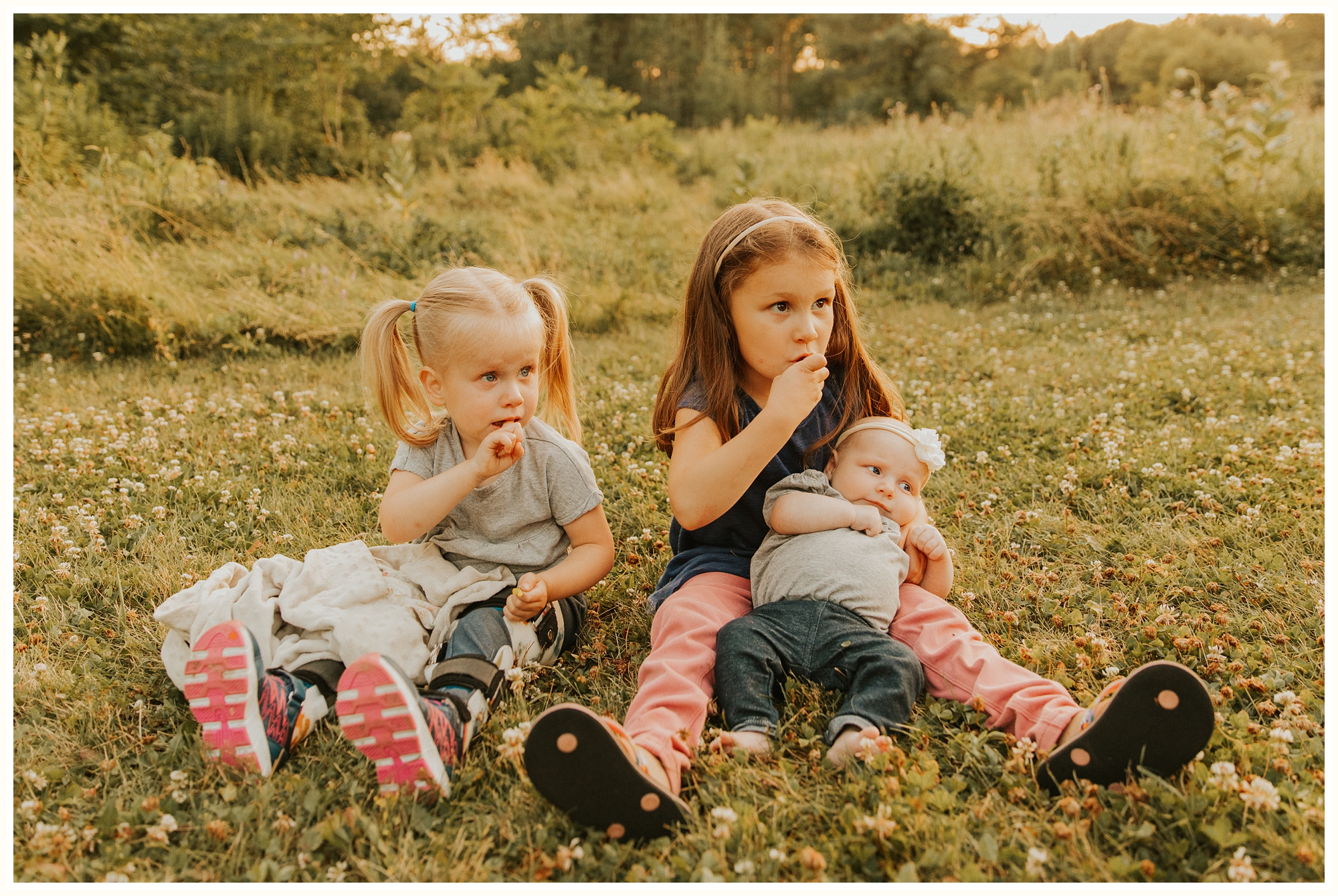
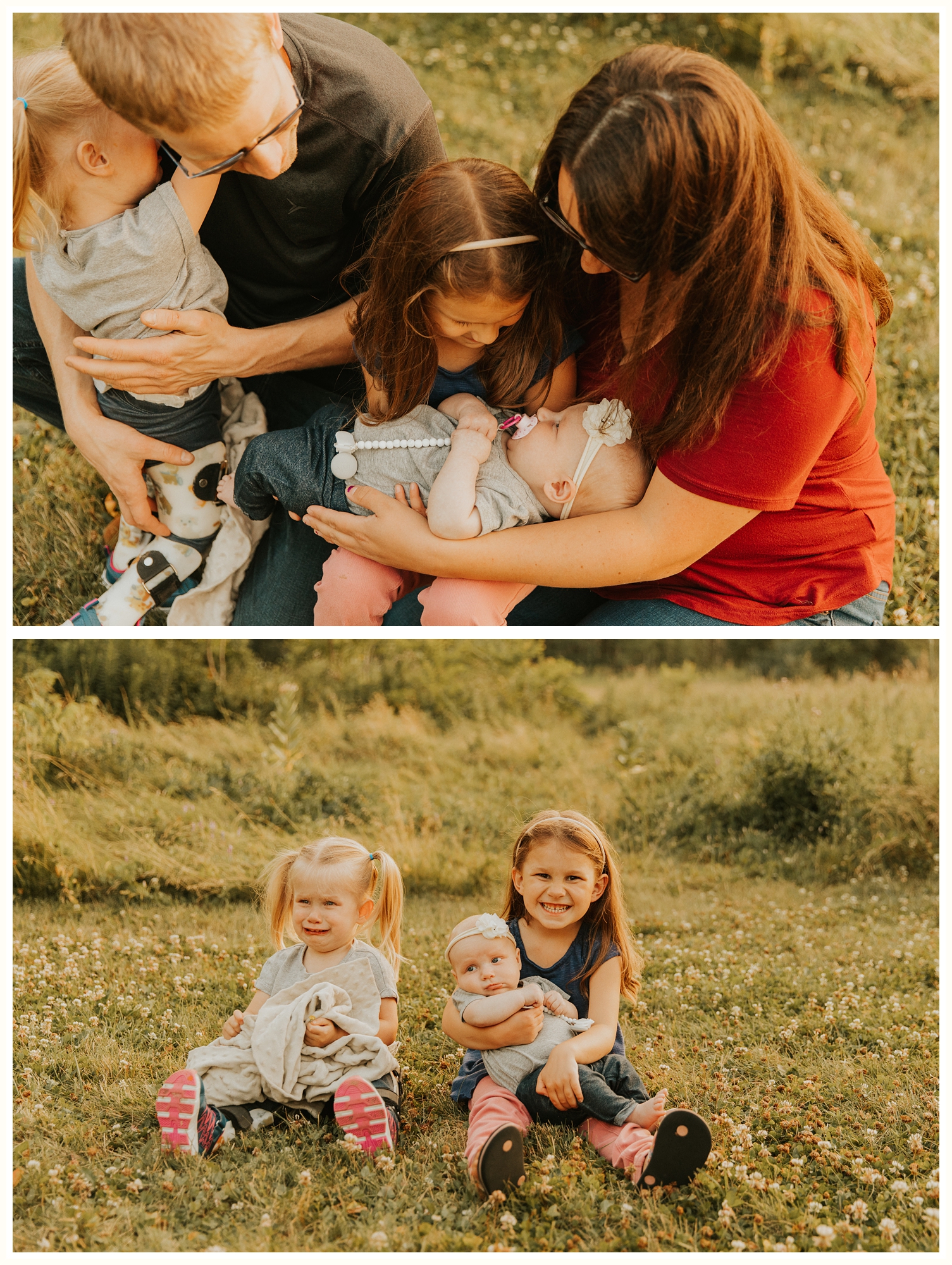
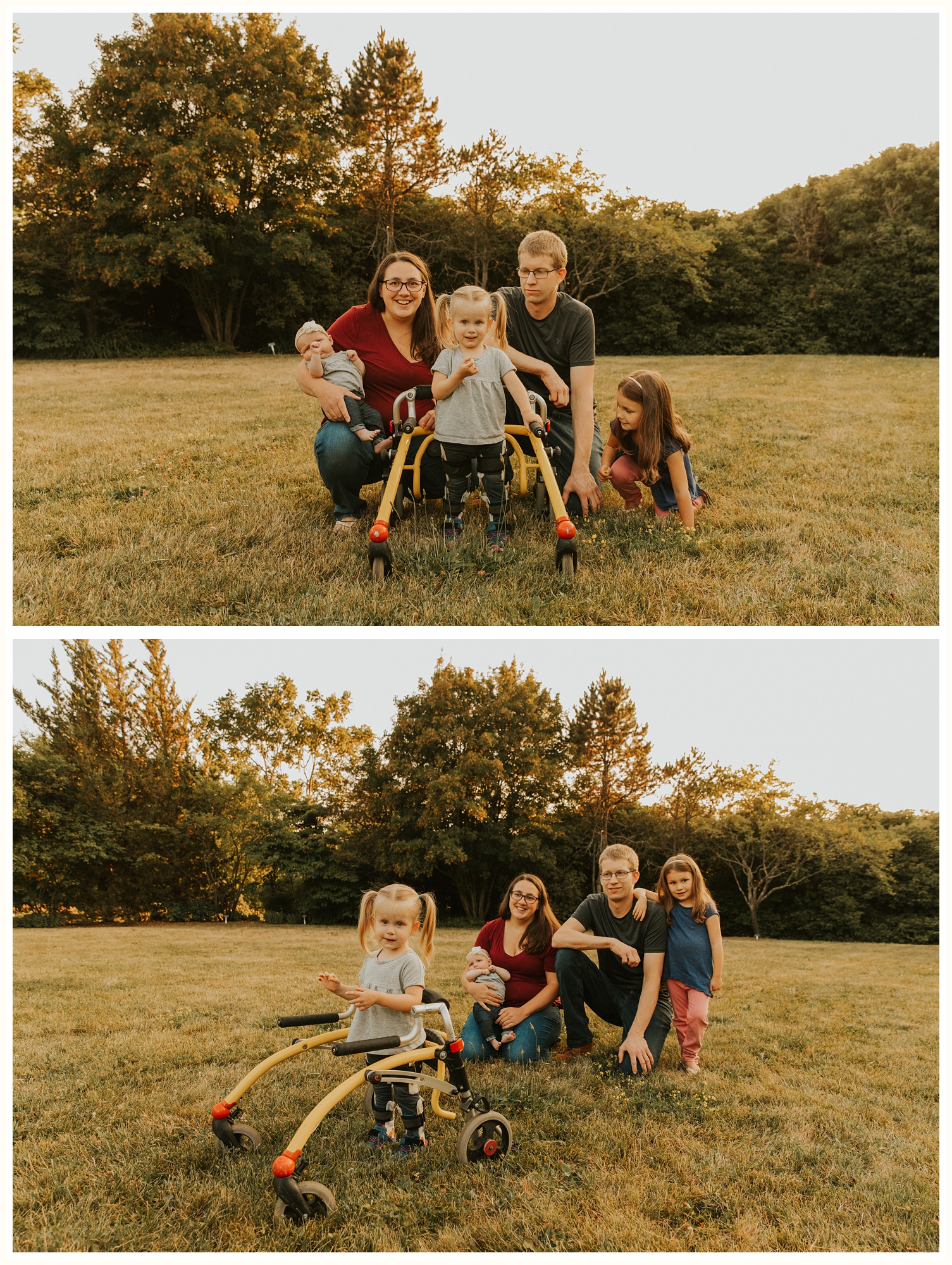
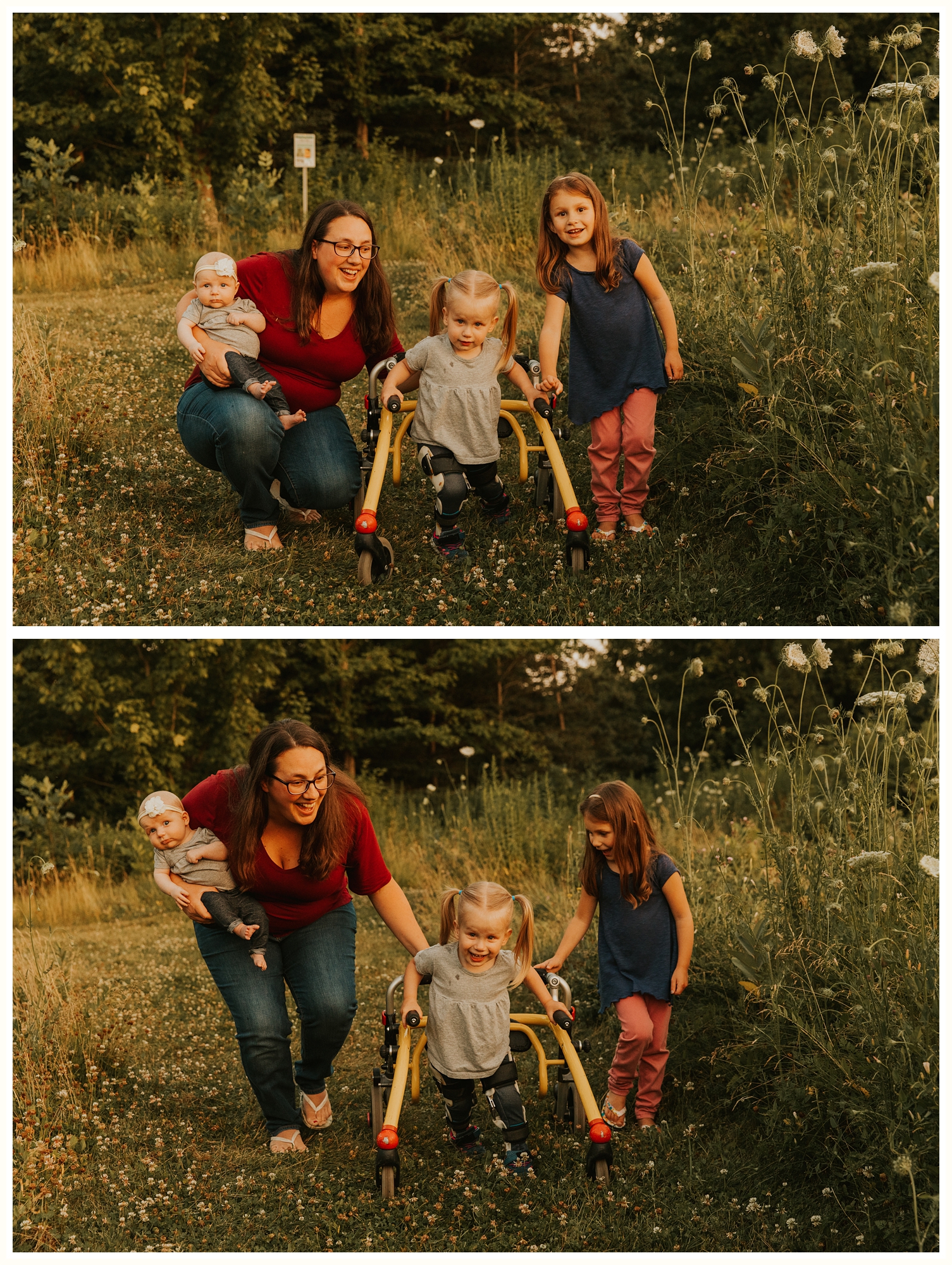
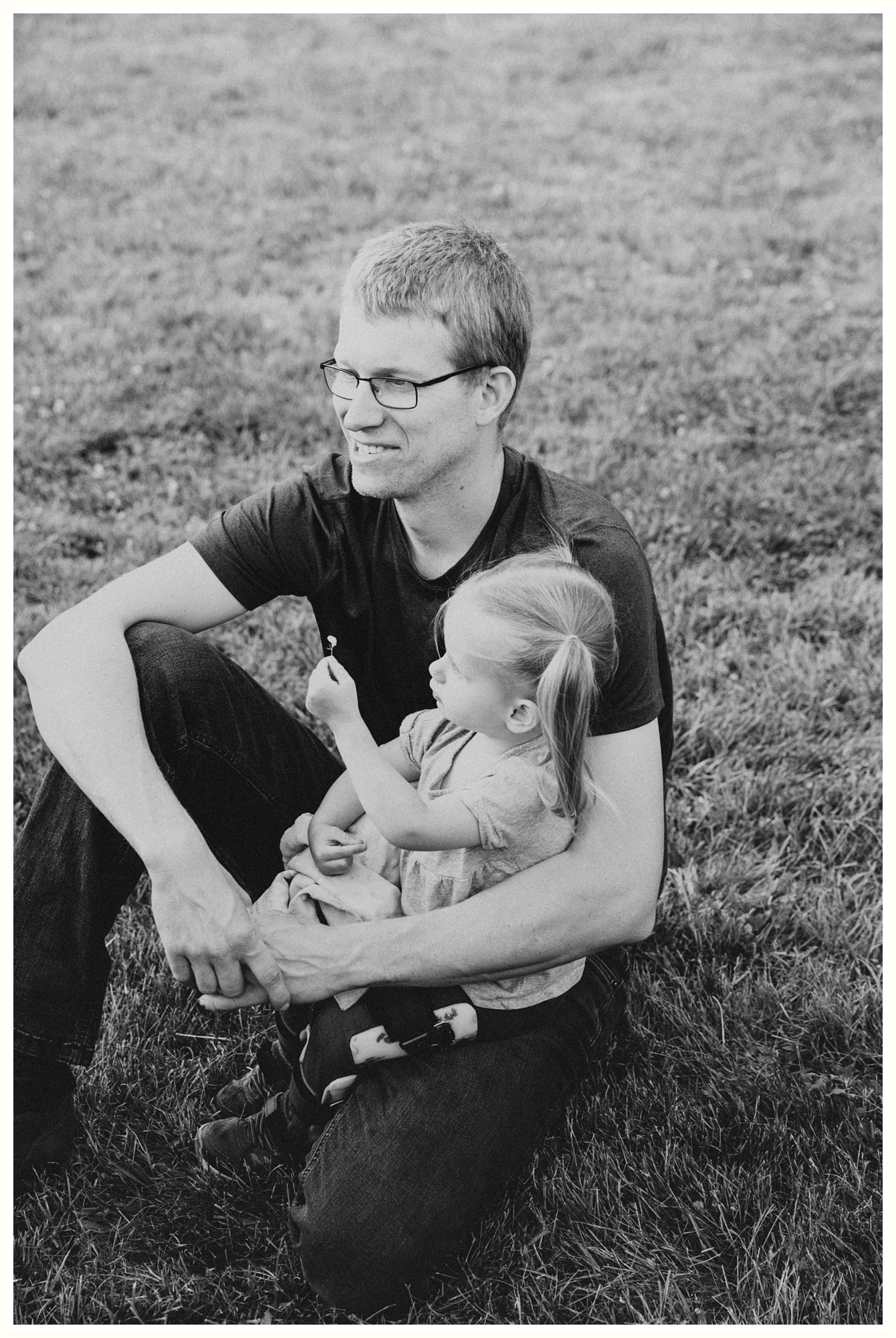
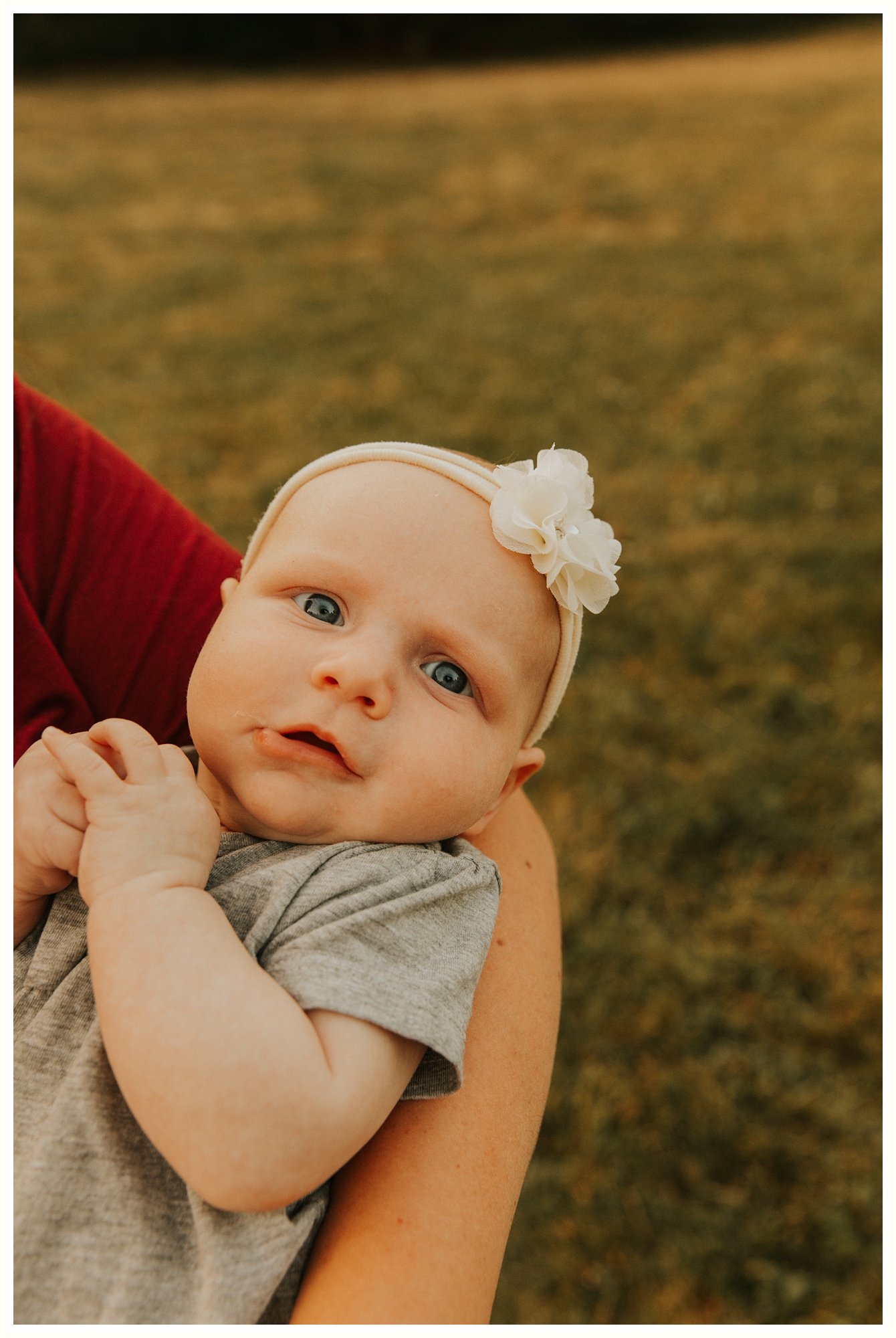
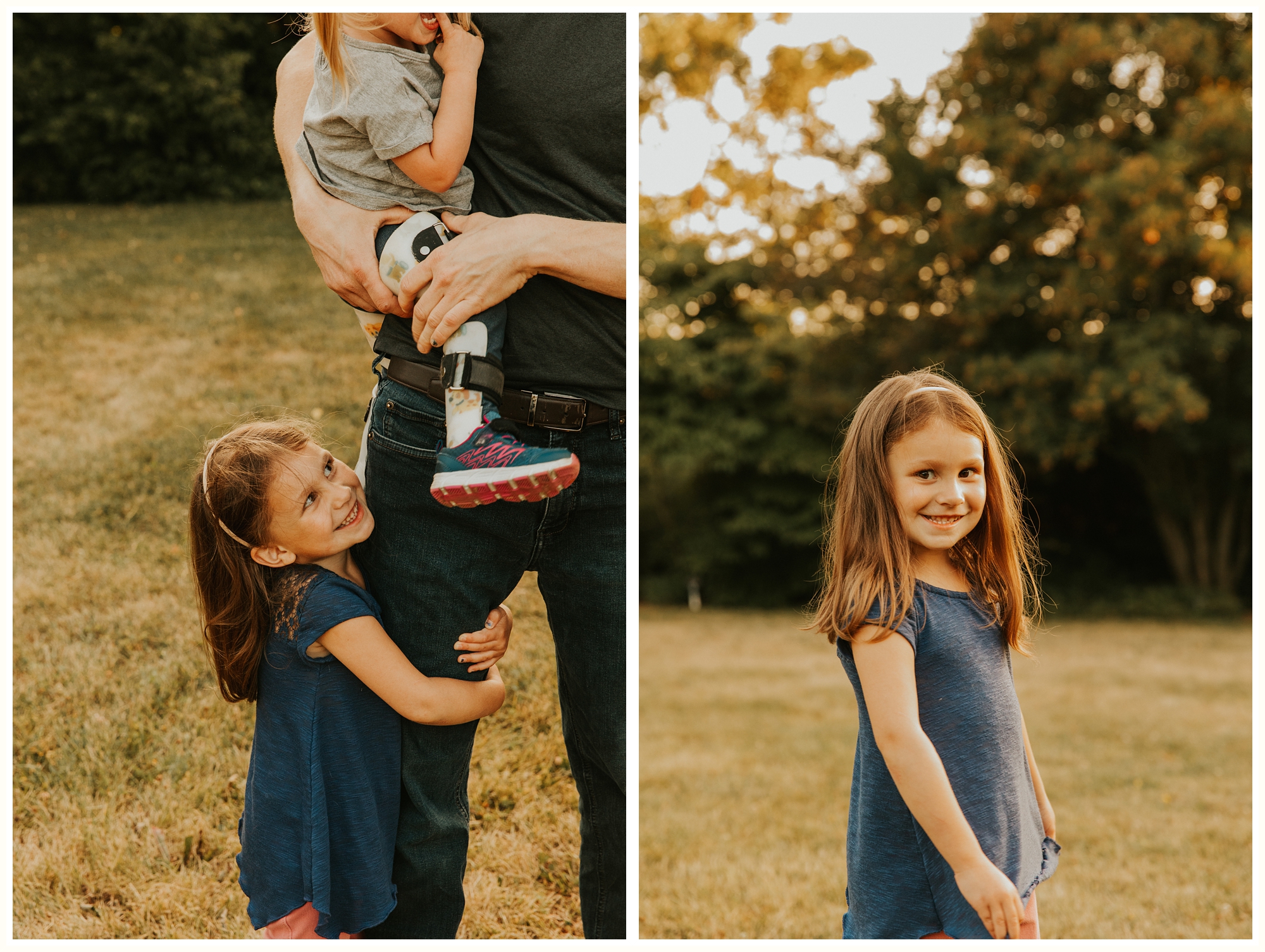
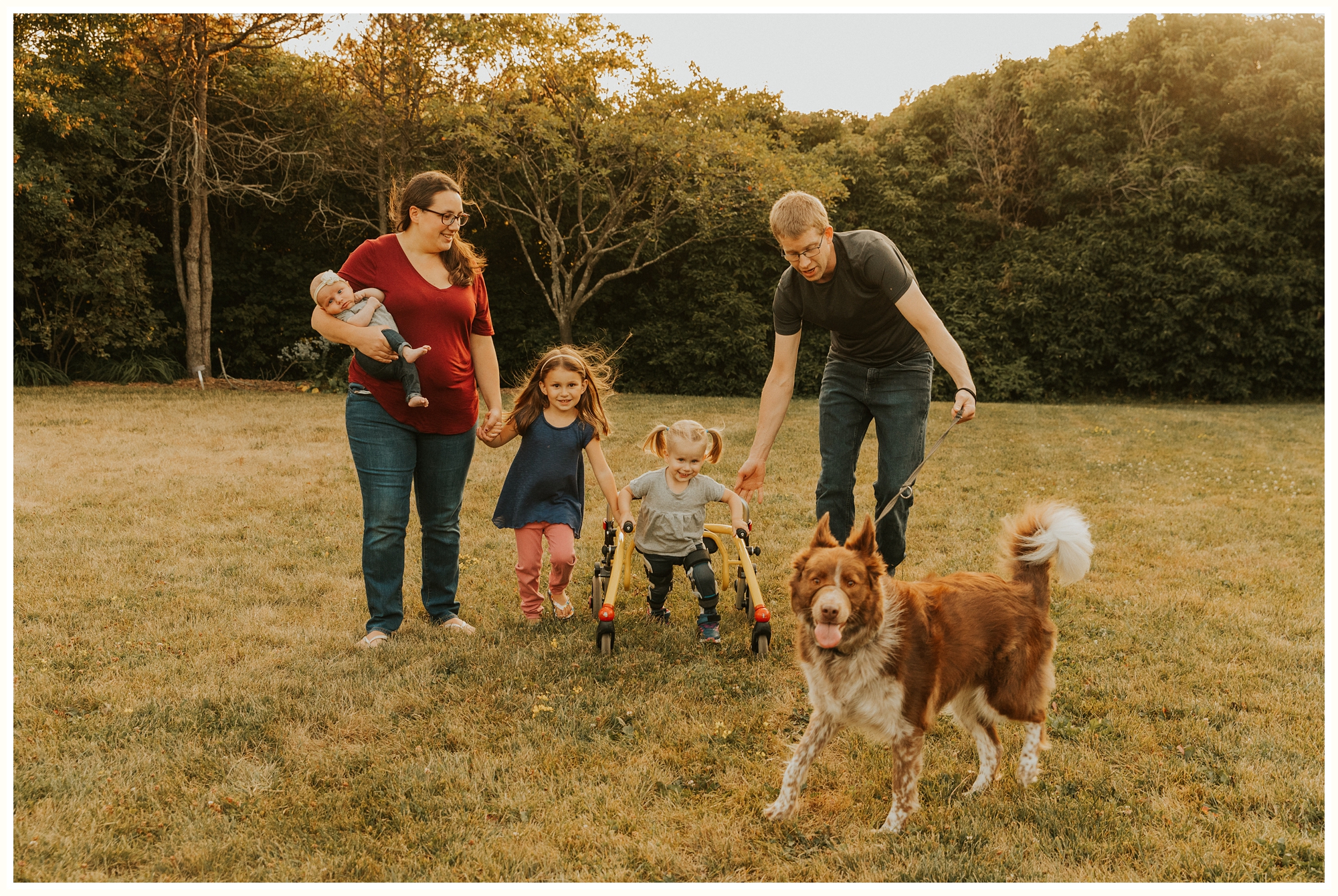
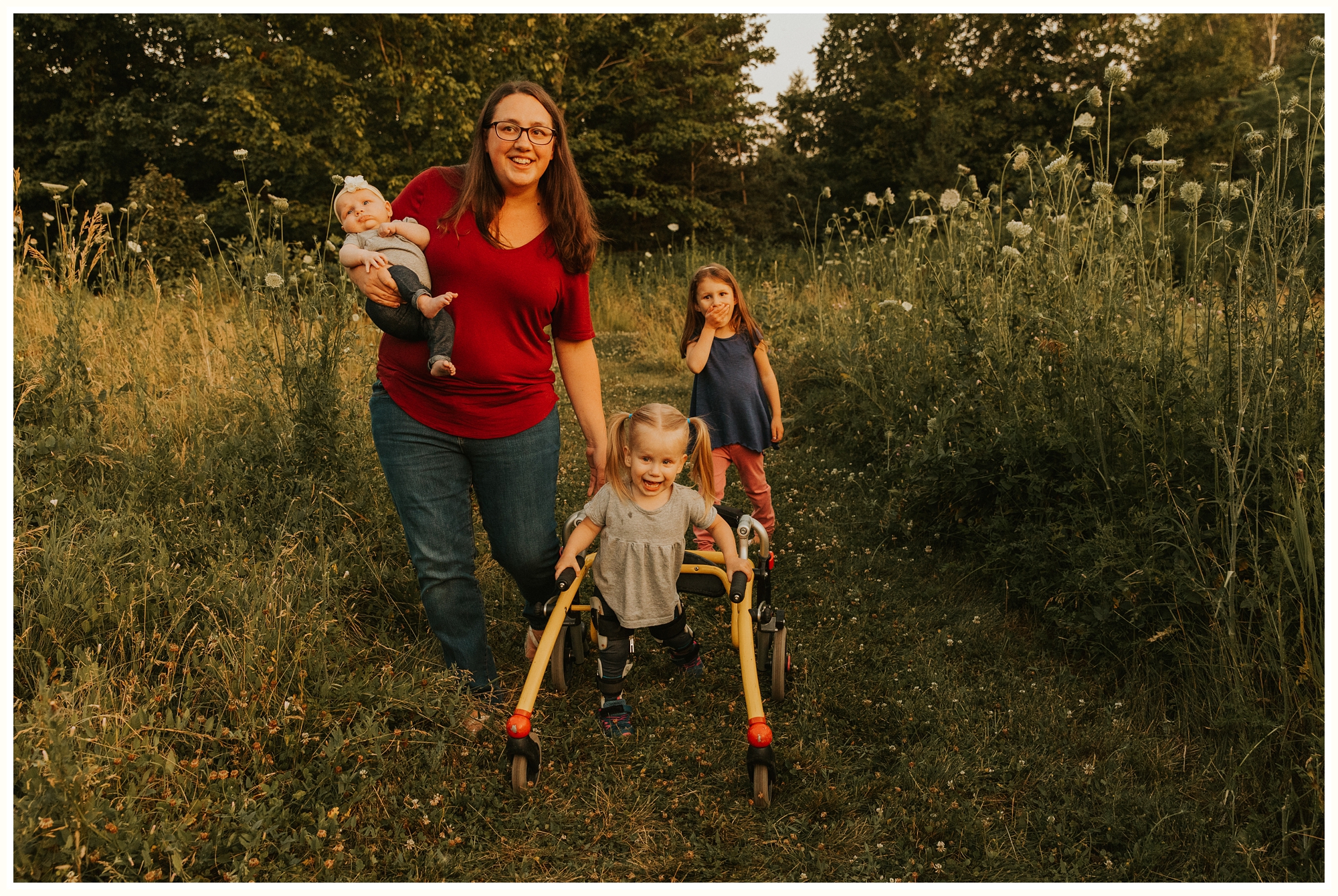
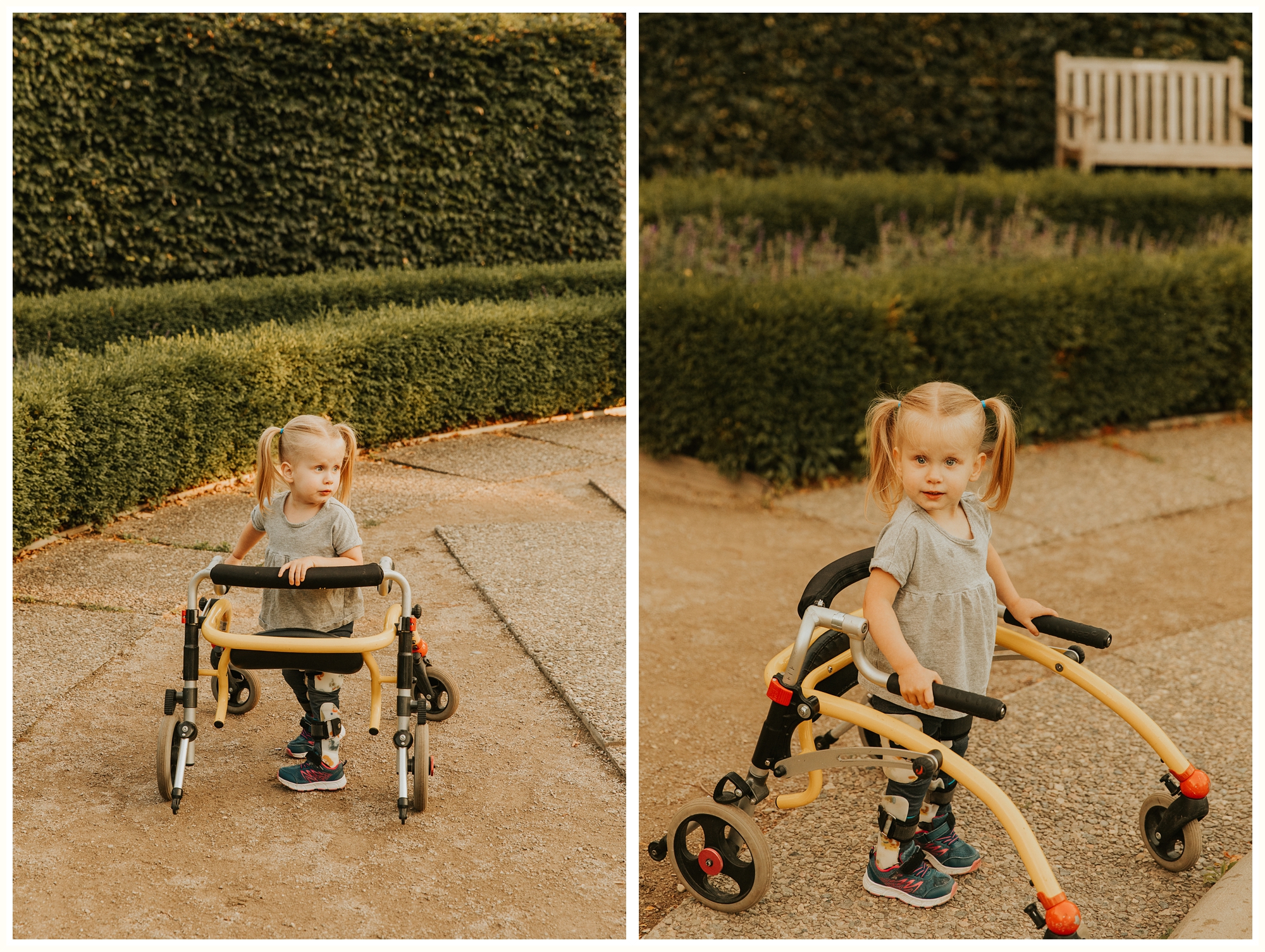

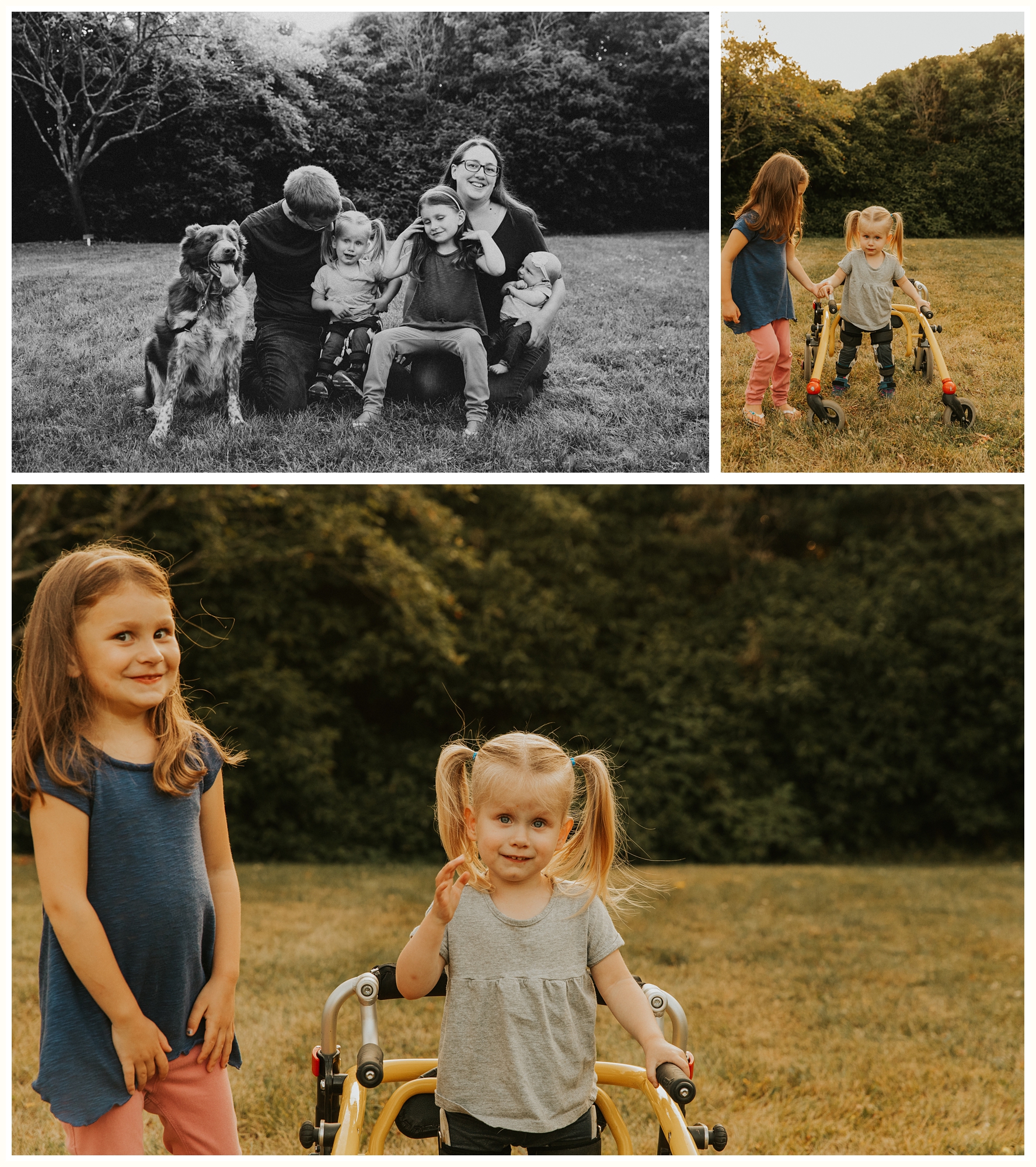

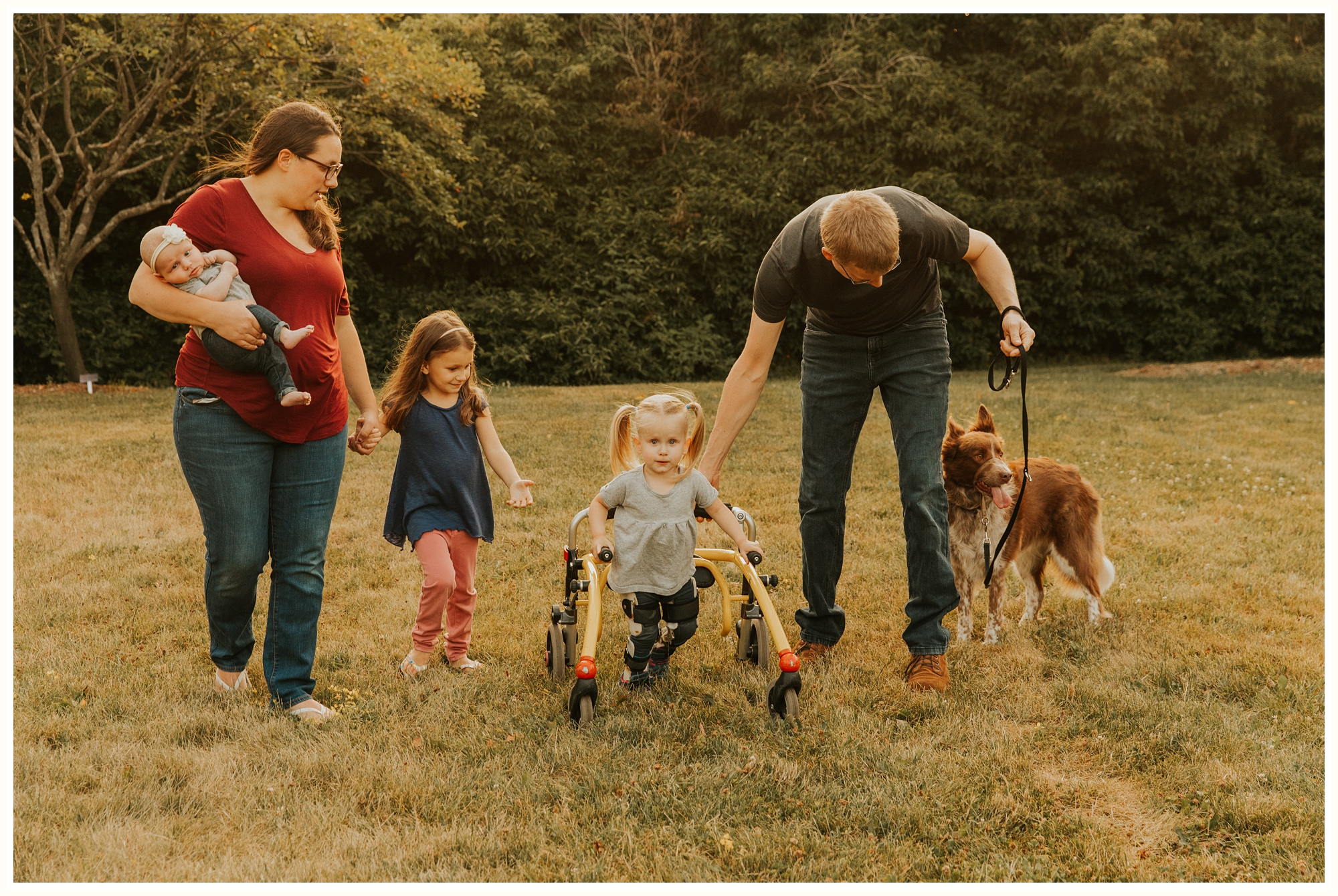
August 30, 2022
Lydia Swaving
